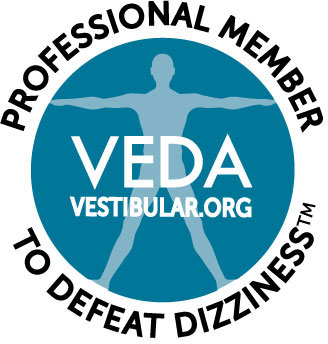“Your child has frequent outbursts and temper tantrums during school.”

“She reads slower than all the other students.”
“She’s not able to concentrate on anything for more than a minute or two at a time.”
“She is really disorganized.”
“We recommend having your child tested for ADHD.”
Attention deficit hyperactivity disorder (ADHD) is a common condition that often develops in childhood, and one that most elementary school teachers are trained to spot. Unfortunately, many of the symptoms of ADHD overlap with other medical conditions, which means that some children who are diagnosed with and treated for ADHD do not actually have ADHD.
If your child is exhibiting symptoms of ADHD, it’s important to consider all the possibilities before settling on a diagnosis. Your child’s irritability and difficulty concentrating could be stemming from a totally unrelated medical condition called binocular vision dysfunction (BVD), which requires completely different treatment methods.
Before you begin the process of having your child tested for ADHD, we highly recommend bringing him or her in for an eye exam to rule out BVD.
What Is Binocular Vision Dysfunction?
BVD is an eye muscle strain condition that occurs due to a vertical or horizontal misalignment of the eyes (i.e., one eye is slightly higher than the other). This misalignment could be hereditary, or it could be the result of head trauma or a complication of post-concussive syndrome. To correct the misalignment in your eyes, your intraocular muscles have to work overtime, causing them to become fatigued and strained. Symptoms are often exacerbated by engaging in close-range activities like reading and writing, or by being in crowded spaces with lots of stimuli, like a classroom.
Symptoms of BVD that overlap with ADHD include:
-
Trouble concentrating
-
Emotional turmoil
-
Anxiety
-
Reading slowly
-
Losing place when reading
-
Trouble comprehending what has been read
-
Avoiding tasks that require extended focus
BVD also causes other symptoms that do not have a strong correlation with ADHD, including:
-
Headaches and migraines
-
Dizziness and vertigo
-
Blurred or double vision
-
Bouncing vision (e.g., words “swimming” on the page)
-
Head and shoulder pain
-
Exhaustion when reading or writing
How to Know If It’s the Eyes or the Brain
Before pursuing treatment for ADHD, you need to bring your child to a trained neuro visual optometrist for a binocular vision assessment. You can expect this highly specialized exam to last about two hours. The results of the assessment will be extremely helpful for your child’s pediatrician and any other medical professionals on a care team.
If we do find that your child is suffering from a binocular vision problem, we can fit him or her with aligning prismatic lenses to correct the misalignment in the eyes. Our treatment can significantly reduce or even eliminate your child’s symptoms, improving life both in and out of the classroom.
Contact Us
As a parent, you want nothing but the best for your child, and that means exercising all due diligence when it comes to your child’s health. If your child is exhibiting ADHD-like symptoms, be sure to rule out BVD. Call the Neuro Visual Center of New York today at (516) 224-4888 to schedule an appointment.






Dear Dr Cheryl, as a psychotherapist and nutritionist in training I warmly welcome this information. I appreciate your knowledge. My biggest bugbear is silo mentality (non-integrative) in the health professions. Although I am in Australia, I will direct people to your website. Happy Holidays.
Hi Janine,
We absolutely agree. We do have a colleague in Australia, Dr. Andrew Taylor in Albany. He may be a great resource for you.
All the best
Is BVD easily spotted in adults?
Sometimes it is easy but very often it is very subtle and difficult to detect.